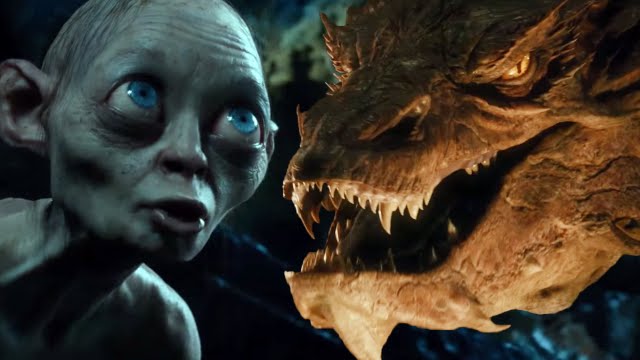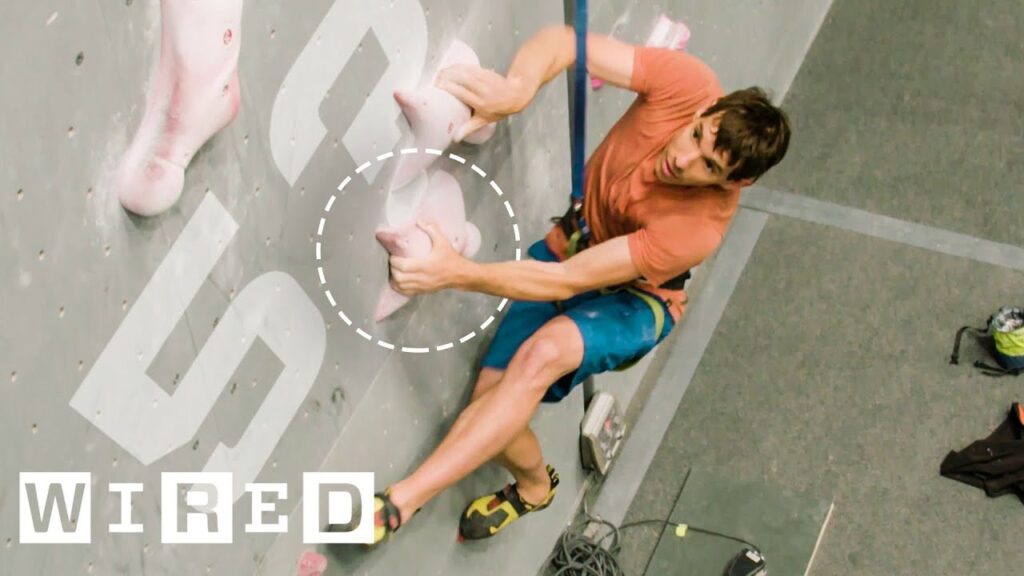Jurassic Park: How Accurate Are the Dinosaurs in the New Walking with Dinosaurs Film?
Summary
In this article, we explore the new breed of more accurate dinosaurs in the new Walking with Dinosaurs feature film. We delve into the technology used by the animation company Animalogic, such as their complex feather system, muscle simulation system, and procedural scales and physically plausible shading system, all of which help to accurately place the animated characters in their real-world environment.
Table of Contents
- The Changing Understanding of Dinosaurs
- The New Breed of Accurate Dinosaurs
- The Technology Behind the Dinosaurs
- The Importance of Accuracy
- Conclusion
The Changing Understanding of Dinosaurs
Since the debut of Jurassic Park 20 years ago, our understanding of dinosaurs has changed exponentially. What was hinted at back then in terms of links to birds is now accepted scientific doctrine. In fact, literally half of all the dinosaurs we know about have been discovered in the last 20 years.
The New Breed of Accurate Dinosaurs
In 2012, for example, dinosaurs were being discovered at a rate of about one a week. Jump to today, and the animation company Animalogic were tasked with producing a new breed of more accurate dinosaurs for the new Walking with Dinosaurs feature film. Set in an epic prehistoric kind of world, this is a family film, not a documentary, but still, the filmmakers insisted on not anthropomorphising the creatures and making them as accurate as they possibly could.
This film is one of the first movies, for example, to actually depict many of the dinosaur characters with a feathery coat, such as the Troodon. Animalogic luckily had already developed a complex feather system for Legends of the Guardians and Owls of the Gahoole. The existing custom feather grooming tool is named Quill. Animalogic added to this two new pieces of technology called Steroid and Reptil.
The Technology Behind the Dinosaurs
The first is a new muscle simulation system. In the past, the system had to work with various muscle groups, each kind of triggered with various paces or types of animation like a walk or a run. That required a lot of tweaking and adjustment per scene. In this film, they’re dealing with some very muscular creatures like the Gorgosaurus. So all the muscles needed to be controlled by one system and not require individual tweaking.
The second system is a procedural scales and physically plausible shading system for the skin and texture of the animal. It’s called Reptil. This allows for complex procedural generation, avoiding having to hand paint and texture thousands of scales per creature. The new system allows for these rigid blocks to sit on top of a movable skin layer which expands and contracts under the scale. It automatically provides a unique rigid scale to sort of sit down flat and not bend or warp even though the skin underneath it does.
The Importance of Accuracy
All of this helps place the animated characters more accurately in their real-world environment. And our understanding continues to change at a surprising rate. Even since the film started production three years ago, new facts have emerged that are now requiring us to rethink what a dinosaur is and especially what it looks like.
Conclusion
In conclusion, the new Walking with Dinosaurs feature film is a great example of how technology can be used to create more accurate depictions of prehistoric creatures. Animalogic’s use of their complex feather system, muscle simulation system, and procedural scales and physically plausible shading system has helped to accurately place the animated characters in their real-world environment. As our understanding of dinosaurs continues to evolve, we can expect to see even more accurate depictions in future films and documentaries.







